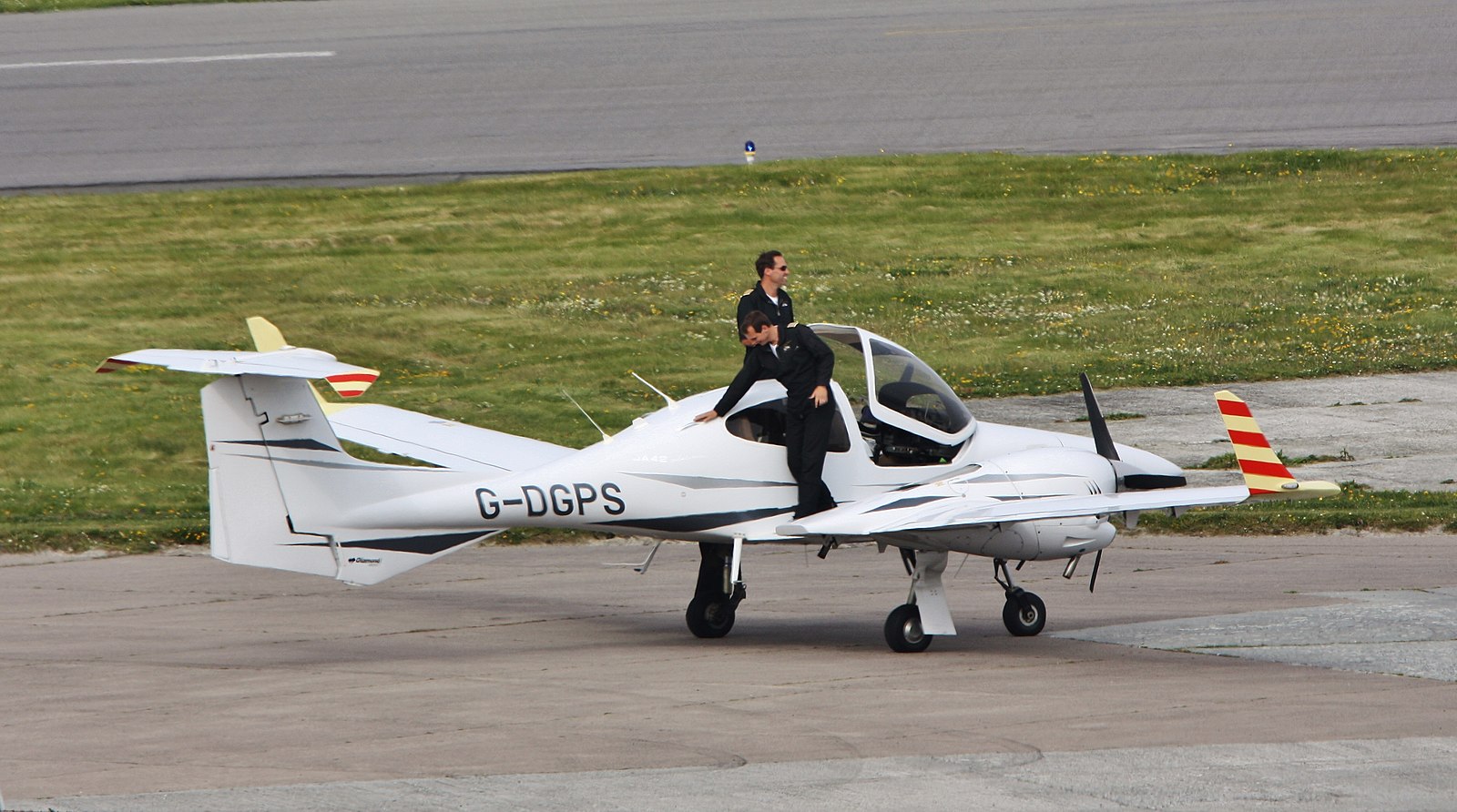Combined Airworthiness Organisation
Combined Airworthiness Organisation UK.CAO.0045
We manage your aircraft records and monitor compliance requirements with the aviation regulators.
Part CAO services include:
- Continuing Airworthiness Management of aircraft (in service and storage)
- Airworthiness Review Certificate (ARCs) issue and renewal
- Aircraft maintenance programme development
- Technical records management and scanning
- Airworthiness Directive (AD) and Service bulletin (SB) reviews
- Aircraft damage assessment and mapping
- Reliability monitoring
- Production of maintenance work packages
- Maintenance provider audits
- Component management

CAO Support Package
- Correspondence with national authorities for issues, permits and approvals.
- Reviewing current airworthiness regulations and implementing / adopting as per requirement.
- Creation, development and periodic reviews of maintenance programmes.
- Developing and tailoring cost-effective approach to scheduled and unscheduled maintenance tasks.
- Physical aircraft surveys and airworthiness reviews.
- Assessment of airworthiness directives, bulletins and letters or similar applicable documents.
- Managing and creating work packs / work orders.
- Management of airworthiness limitations and lifed-limited components.
- Defects review and preventive solutions.
- Books and manuals upkeep, amendments and handling.
- Aircraft report creation and update.
- Establishment of airworthiness contracts.
- Management and approval of modification and repairs.
- Forecasting of maintenance expenses and assessments of aircraft facts and figures.
- Invoicing support (if required).
Understanding the role of a Continuing Airworthiness Organisation
Comibined Airworthiness Organisation (CAO) is a term originating in Europe, but today is used across continents. So what is it, and what could it mean to an aircraft operator?
Essentially CAO is an approval given by a National Aviation Authority (NAA) to a maintenance company within its region that demonstrates the firm meets certain criteria. The CAO designation, previously referred to as Part-M, was introduced in 2003 and slowly it became mandatory for all EU-registered aircraft to be supported by a CAMO-approved company.
The role of a Combined Airworthiness Organization ultimately requires handling liaisons with authorities on behalf of an aircraft owner; finding solutions to maintenance problems with OEMs; delving into the aircraft manuals; assessing Airworthiness Directives and Service Bulletins; tendering management for maintenance input; and performing on-site aircraft surveys as well as record audits.
In certain scenarios the CAO may be on-site during heavy maintenance as the aircraft representative overseeing the technical aspects. It’s common for aircraft owners to refer to a technical representative – the back office engineering department handling all of the planning and paperwork for engineering – as CAO.
Only a decade ago, any semi-retired aircraft engineer could take on the engineering planning and maintenance management for a client with a private aircraft in Europe. The introduction of Part CAO has helped to regulate this niche, and today in order for an engineer to offer such services for an EASA-registered, mid-weight turbine aircraft, they must gain CAO approval.
To obtain that CAO approval an organization must establish that it has the required NAA-approved caliber of employees with the relevant level of training and experience; plan a training program for the staff; have adequate office facilities; and have a secure IT infrastructure with all necessary protocols in place – all of which may mean the semiretired engineer may want to reconsider how and when they retire!
What is CAO and why is it important to the running of your aircraft?
The CAO is employed by either the aircraft owner directly or by the operator, depending on how the owner wishes to handle their aircraft. In regards to the CAO, it is their responsibility to plan and coordinate all maintenance activities and to keep the aircraft airworthy as much as possible. Broadly speaking this means:
- Forecasting planned maintenance work
- Reliability assessment
- Ensuring the maintenance provider can begin and finish works within the planned down-time
The CAO should always maintain contact with preferred maintenance providers (Part 145 organisations such as ACS Engineering base, line and AOG services) of which it is typical to have at least three-optional companies to go to at any one time. In the event there is a fault on the aircraft, the CAO should be in a position of knowledge as to where the aircraft can be referred to efficiently rectify the issue.
Ultimately, a good CAO-approved company should be the eyes and ears for an aircraft owner and lender, and know exactly what’s going on technically with the aircraft – past, present and future.
Significant levels of trust are afforded a company looking after the maintenance of an aircraft. If you choose to place your aircraft with a CAO, you should ensure that your trust is well placed.





